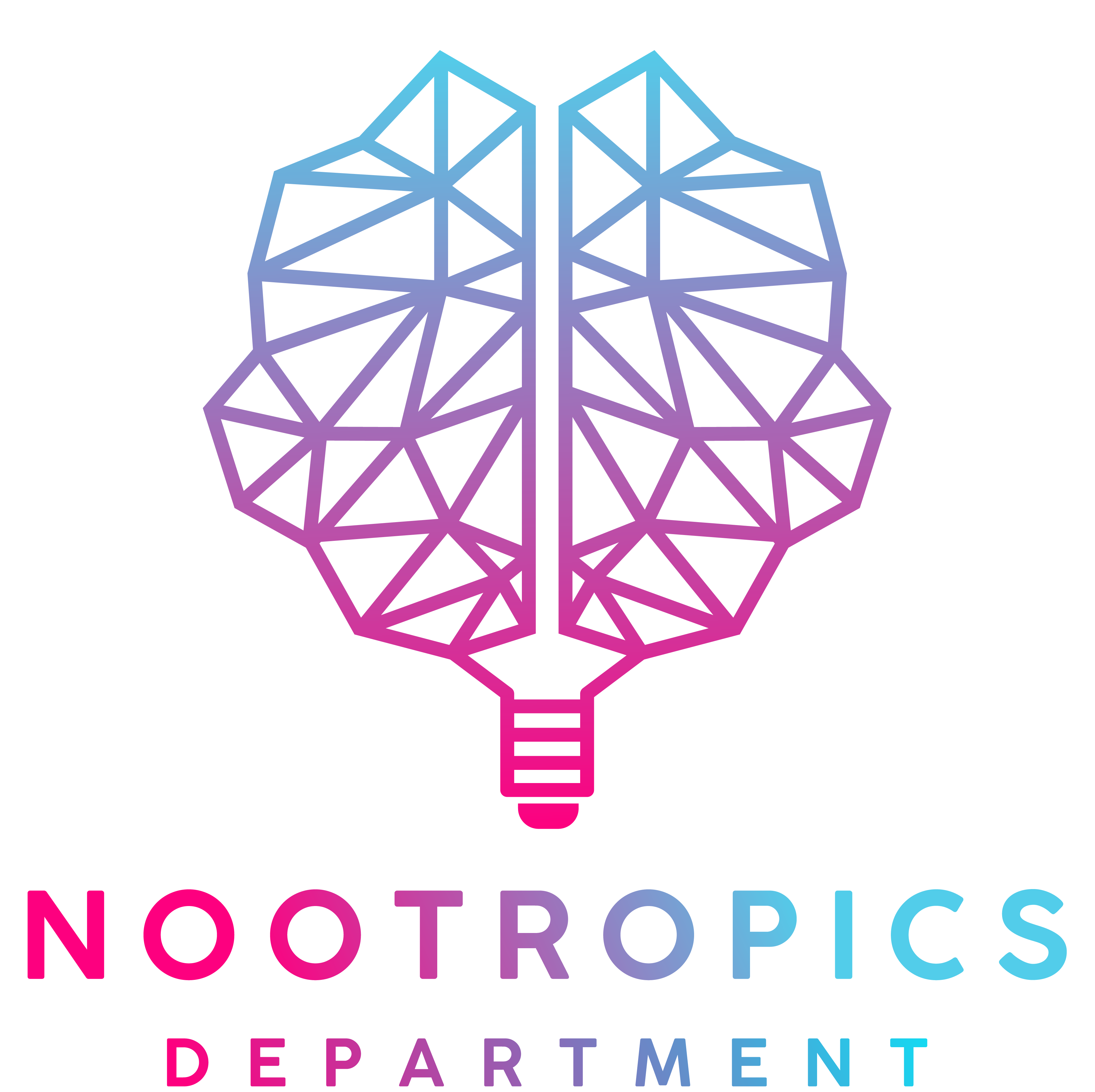Nuclear Nootropic Stack for Longevity

Age related cognitive decline is pretty standard, among those approaching middle age, and is almost universal among those approaching mid-late 70's. You are likely reading this to learn how to alleviate, reverse, or prevent this from happening to you or a loved one- so let's get right into it.
None of this is medical advice. We are not medical professionals and are only speaking from years of nootropic experience, about what we would personally do.
Here's the stack:
-
600-1,200 MG Alpha GPC per day
-
800 MG Oxiracetam per day
-
300-400 MG Uridine Monophosphate per day
-
100 MG Phenylpiracetam (to be cycled)
-
For best results, stack with an adequately dosed multi-vitamin, and fish oil
Let's break each one down
The primary culprit of cognitive decline is acetylcholine, or rather, the lack thereof. So it's no surprise the compounds on this list work on the acetylcholine receptors to some degree. Acetylcholine is the neurotransmitter that is formed from choline intake. Here's two facts that may make you uneasy, if you've yet to account for them with diet or supplement intervention-
- 90% of Americans are deficient in dietary choline.
- Almost all of those who suffer from cognitive decline or a neurodegenerative disease have absurdly low levels of acetylcholine.
This likely means one of three things. Either A. Neurodegenerative diseases are formed independently of acetylcholine, but cause low acetylcholine levels, which are responsible for many of the symptoms, or B. Low levels of acetylcholine cause the neurodegeneration, or C. The symptoms and causes of cognitive decline are unrelated to acetylcholine, but due to its role in memory and cognition, low-acetylcholine serves as a biomarker.
Either way, increasing acetylcholine levels would be in the best interest of somebody fighting this battle
Enter Alpha-GPC. Alpha-GPC is the most potent form of choline that also crosses the blood-brain barrier. It has proven to be extremely effective at increasing acetylcholine levels in the brain.
For some people, Alpha-GPC solo would be enough. You would experience a significant increase in basic cognitive functions such as attention and learning, most notably having a significant reduction in brain fog. You would also notice much better memory of the course of time. There is no shortage of testimonials available on the internet from those who experienced a sharp reduction in cognitive decline and memory loss shortly after supplementing with Alpha-GPC. However, this is not a basic recommendation, this a nuclear stack. So we aren't going to be content with just Alpha-GPC. But, it is still worth noting that Alpha-GPC is the heart of this stack, and the other three compounds are present for their ability to work synergistically with Alpha-GPC.
Among the three remaining compounds, two are members of the racetam family. Racetams are a class of nootropics, and in fact, where the term nootropics originated from. A Romanian psychologist and chemist named Dr. Corneilu Giurgea was trying to synthesize a compound that could modulate GABA receptors, for the purpose of motion sickness. Ultimately, the compound he created, Piracetam, did not do what it was intended for. Fortunately for countless racetam enjoyers, he did notice the cognitive enhancing properties, and with Piracetam, the world of nootropics was officially born. There are many compounds in the racetam family beyond the original, and what keeps them in the family is them being derived from the Piracetam chemical structure. Racetams are believed to work by modulating neurotransmission in the brain, particularly by interacting with receptors for the neurotransmitter acetylcholine and receptors for the excitatory neurotransmitter glutamate. They are thought to enhance neuronal communication, improve blood flow and oxygen utilization in the brain, and promote neuroprotection.
Oxiracetam and Phenylpiracetam are the two we are working with. Phenylpiracetam is usually thought of as the strongest in the entire family. Most racetams have accumulated benefits, but Phenylpiracetam takes action shortly after ingestion. Thus, it has been primarily utilized for its acute benefits. The author of this article will use approximately 500-600 MG in a single day, once a week. However, if the primary concern is longevity, and dealing with cognitive decline, that would be an unnecessarily high dosage, and supplementing acutely would yield little benefits aside from maybe feeling better that day. For someone who has their cognition declining, 100 MG a day would significantly increase information processing, awareness, memory formation, alertness, and verbal fluency (must be stacked with Alpha-GPC or another choline source).
Finally, we have Uridine Monophosphate. Uridine is a naturally occurring nucleotide that is extremely important to the body. In fact, it is so important to development that it is included in baby formula. Uridine is an essential building block of RNA, the messenger molecule for DNA. As such, it has gained notoriety for its perceived ability to "repair" communication pathways that have been damaged with aging. While it is still subject to research and debate, we believe it goes something like this: Synaptic formation and plasticity refer to the ability of neurons to establish and modify connections with other neurons, which is crucial for normal brain function, learning, and memory. With aging and neurodegenerative conditions, synaptic connections can become damaged or weakened, leading to impaired cognitive abilities. Uridine, as a precursor to RNA, plays a vital role in protein synthesis, including the production of proteins involved in synaptic function and plasticity. By increasing the availability of RNA, Uridine may promote the synthesis of proteins necessary for the growth, maintenance, and modification of synapses. Studies have shown that Uridine Monophosphate supplementation can enhance synaptic density and promote the growth of new synaptic connections in the brain. These effects have been observed in animal models and cell cultures. For example, in one study, Uridine Monophosphate administration to aging rats resulted in increased synaptic density in brain regions associated with learning and memory. Moreover, Uridine Monophosphate has been found to influence the expression of genes related to synaptic plasticity. It may upregulate the production of proteins involved in neuronal growth, synaptic formation, and the stabilization of synapses. By promoting the expression of these proteins, Uridine Monophosphate may facilitate the repair and strengthening of damaged synaptic connections. In addition, Uridine Monophosphate has been reported to enhance the activity of neurotransmitter receptors involved in synaptic transmission, such as AMPA receptors. AMPA receptors play a crucial role in mediating fast excitatory synaptic transmission and synaptic plasticity. UMP may increase the number or sensitivity of AMPA receptors, leading to improved synaptic function and communication between neurons. By enhancing synaptic formation and plasticity, UMP has the potential to reverse or mitigate the effects of age-related synaptic deterioration and neurodegenerative conditions. These effects may contribute to the restoration of cognitive function, including memory, attention, and learning abilities.
So in short, RNA helps facilitate important neurological functions by playing its role as a messenger in the body, and Uridine, being a precursor to RNA, allows these functions to proceed as they would otherwise, if not disrupted by aging.
What's most important for this stack is the proven synergy between Uridine Monophosphate and Alpha-GPC. One way to think about it is Uridine, as a precursor to RNA, supports the reconstruction of communication pathways in the brain, while Alpha-GPC, as a precursor to acetylcholine, provides metabolic fuel for cognitive function. As included in the initial protocol description, fish oils (specifically DHA) will potentiate the stack even more.
One study (Holguin, Sarah et al. “Dietary uridine enhances the improvement in learning and memory produced by administering DHA to gerbils.” FASEB journal : official publication of the Federation of American Societies for Experimental Biology vol. 22,11 (2008)) investigated the effects of giving three compounds (uridine, choline, and DHA) to normal adult gerbils. To keep it short, these compounds increased certain substances ( phosphatides, synaptic proteins, dendritic spines) in the brain and improved cognitive behaviors in the gerbils. Uridine, in particular, enhanced the effects of the other compounds by promoting the synthesis of important brain components. The study was so ground breaking, it led Gerald Weissmann, MD, Editor-in-Chief of The FASEB Journal to comment, “Now that we know how to make gerbils smarter, it’s not too far a stretch to hope that people’s intelligence can also be improved.”
Our longevity centered supplement, Ageless, has DHA, Alpha-GPC, and Uridine Monophosphate, along with other complimentary ingredients, all above and beyond efficacious dosages. If you are intimidated by racetams, and want something that you know is safe, effective, affordable, and proven to work, give Ageless a try. With daily supplementation, there should be noticeable differences by the 30 day mark.
One thing to note: If the stack causes headaches or muscle cramping, it is likely due to an acetylcholine deficit, which can happen when racetam supplementation is not met with an adequate choline source. To account for this, we would recommend increasing the Alpha-GPC dosage and lowering the frequency of Phenylpiracetam supplementation, and/or decreasing the dosage of Oxiracetam from 800 MG to 400 MG.
